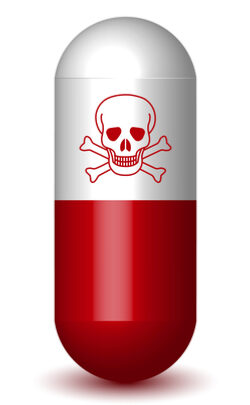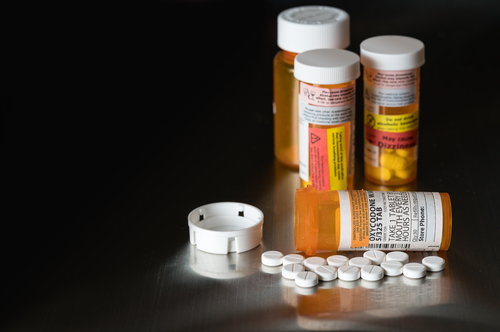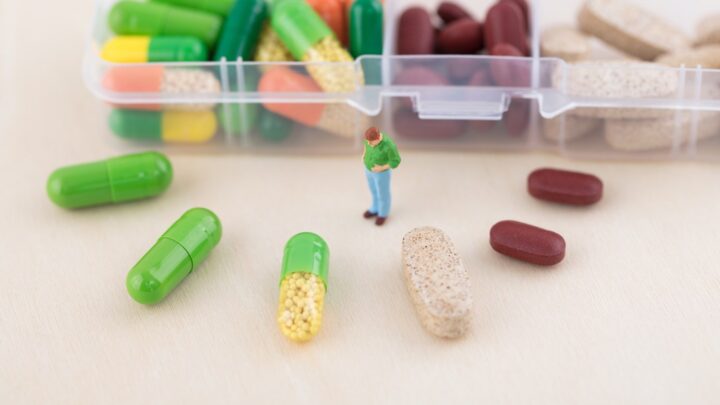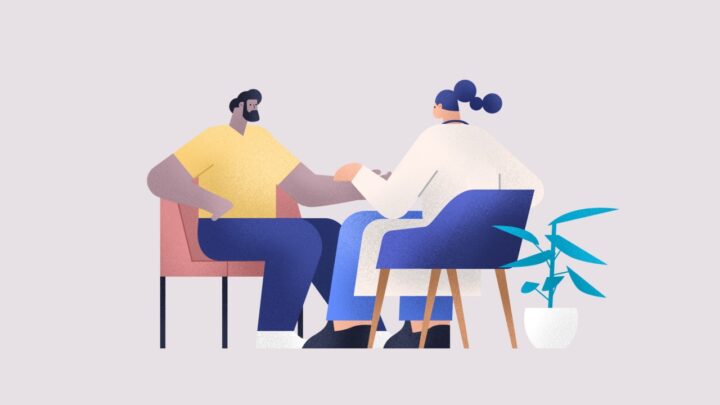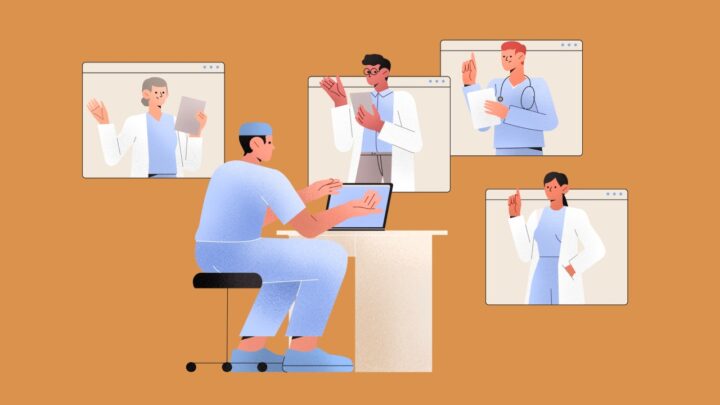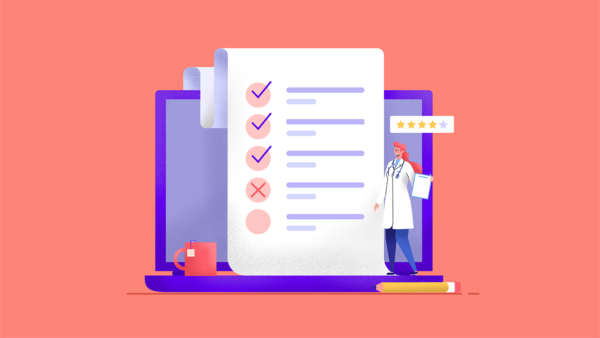
Health experts are becoming increasingly concerned by the rise of polypharmacy—the use of two or more drugs together, usually to treat a single condition—among adolescents. A.D.H.D. medication prescriptions have steadily increased over the last 20 years in children; in tandem with drug prescriptions to treat mental health problems.
Sermo physicians agree. In a recent poll of 150 global doctors, 88% are concerned by the rise of medication in children; and 89% are concerned by the rise of polypharmacy in children.
Although 79% of physicians believe that A.D.H.D medication is safe for children if prescribed properly, and 82% believe psychiatric drugs are also safe in children—89% believe that we need more effective drugs that work better to treat children, so the guesswork is taken out.
According to the New York Times, “A study published in 2020 in the journal Pediatrics found that 40.7 percent of people ages 2 to 24 who were prescribed a drug for attention deficit hyperactivity disorder were also prescribed at least one other medication for depression, anxiety, or another mood or behavioral disorder. The study found more than 50 different psychotropic medicines prescribed in such combinations, and a review by The New York Times found that roughly half of the drugs were not approved for use in adolescents, although doctors have discretion to prescribe as they see fit…
Public health officials first grew concerned about the problem of multiple medication use, or polypharmacy, a decade ago, when it emerged among young people in foster care and low-income settings. Legislative reforms were passed to curb the practice in those settings, but it has since widened to include affluent and middle-class families.
‘It’s gone mainstream,’ said Julie Zito, professor of pharmacy and psychology at the University of Maryland…
The path toward polypharmacy often starts with drugs that are used to treat A.D.H.D. The condition is the ‘foundation of polypharmacy,’ said Dr. David Lohr, a child psychiatrist at the University of Louisville and the medical director for the Department for Community Based Services, which oversees Kentucky’s child welfare system.
A.D.H.D. medications are prescribed widely and considered to be a relatively risk-free way to improve focus. But Dr. Lohr explained that when one medication doesn’t resolve all the issues — or when new ones crop up — parents and doctors can be quick to add additional medications instead of relying on nonpharmacological solutions such as therapy. And A.D.H.D. drugs can have side effects, including sleep.”
Below, Sermo physicians from around the world share more of their professional insights, perspectives, and opinions on this important topic—in their own words:
“Cerebral and Donea are telemedicine sites where nurse practitioners make the diagnosis and prescribe medications for ADHD. Monthly refills are done with minimal time spent with the patient. The onset of these companies coincides with increasing demand for online health services and stimulants such as Adderall. Prescriptions of the medication dispensed in the U.S. jumped to 41.4 million last year, up 10.4% from 2020, according to Iqvia Holdings Inc., a data and research services provider for the pharmaceutical industry –Wall Street Journal (March 2022).”
Internal Medicine, U.S.
“Medication is first-line treatment of ADHD since the landmark MTA study. At least 40% people with ADHD have a psychiatric comorbidity hence the New York Times finding. Drug trials are usually not conducted in children so may not have approved indications.”
Pediatrics, Australia
“VERY concerned. It makes kids think there is something wrong with them. Often it is more related to issues in the family, inadequate schools, effects of social media, not enough sleep, lack of exercise and time outdoors (nature deficit disorder).”
Family Medicine, U.S.
“Polypharmacy in children is not recommended, investigate the cause that is leading the boy or girl to adopt this behavior and a positive response would be achieved if it is directed under a specialized orientation in the matter with cognitive and behavioral therapies that raise self-esteem and children’s self-confidence. Always keep in mind that the ages at which they occur have their different precise techniques to eliminate psychic or other alterations at these ages. The daily game, exchange and family and social relationship are important to obtain a positive response and thus avoid polypharmacy that can cause disorders in the children’s body including development and growth.”
Endocrinology, Cuba
“The increase in medication in adolescents is an excellent topic, and the indiscriminate use is more frequent every day. Without thinking about the short, medium and long term effects.”
OBGYN, Cuba
“It gets me worried. These children will more likely develop resistance to some the drugs, and might have a need for higher dose to get desired effect. This will most likely lead to adverse effects of the drugs.”
Otolaryngology (ORL / ENT), Nigeria
“Medicating children should only be done via psychiatric consultation. Primary care physicians may have the expertise, but they do not have the time to do non-drug therapy. I would not send my child to a noctor ( a non-physician “health-care provider”). Parents need to be be involved. Get rid of all the pharmaceutical advertising to the public. Polypharmacy is dangerous.”
Ophthalmology, U.S.
“In psychiatry, medications help decrease symptoms but do not cure disorders. It is important to carry out appropriate therapy. For example; in preschool children therapy is used with drawings, stories, games, where cognitive and behavioral tools are taught. When they take a child to the consultation it is important to also intervene the parents. In adolescents, individual therapy and group therapy are used with good results. The most studied antipsychotic with good results in children is Risperidone at low doses, but it should be used in specific cases. Teenagers are often impulsive due to the immaturity of the prefrontal region, so a mood-stabilizing drug and therapy would do them good. On the other hand, with polypharmacy there is a risk of generating tolerance to medications and greater side effects.”
G.P., Venezuela
Everyday thousands of Sermo member physicians from diverse backgrounds and experiences exchange knowledge with each other. Sermo is the original medical social network that empowers today’s physicians. Over 1 million fully verified physicians across more than 150 countries come to our platform to talk with peers, participate in paid medical studies, solve challenging patient cases, contribute to the world’s largest database of drug ratings – and enjoy a few laughs along the way.
Interested in more? Check back any time and follow us on Facebook, Twitter, and LinkedIn for the latest and greatest in physician insights.
Are you a physician or healthcare practitioner?
Explore the many benefits of joining Sermo’s medical community and sign up for free today.






